The Indian Premier League on Tuesday (31) launched its campaign to expand the world's richest cricket tournament by seeking bids to run a new team.
The IPL had said it would increase the tournament from eight to 10 teams for the 2022 season, but its tender announcement only put one of those up for grabs.
Sports industry experts have said a backer may have to commit to a $300 million budget to get a franchise as well as pay fees up front.
But major Indian groups including the Adani mining and trading conglomerate are said to be waiting to enter.
"The governing council of the IPL invites bids to acquire the right to own and operate one of the two new teams proposed to be introduced to take part in the Indian Premier League from the IPL 2022 season, through a tender process," the IPL said in a statement.
Candidates have until October 5 to ask for tender details and a decision could be made the same month. The IPL did not say when the competition for the second team would be launched.
The IPL, which is said to bring billions of dollars to the Indian economy each year, has battled with the coronavirus pandemic for the past two years.
In 2020, the whole tournament was moved to the United Arab Emirates. This year the event was suspended in April as a devastating Covid-19 wave hit India and it will now be finished in the UAE from September 19.
The IPL and its Board of Control for Cricket in India masters stand to make more than $100 million a year from the expansion through increased fees and media rights.
But increasing the IPL to 10 teams will mean more matches and making the foreign stars who come from around the world commit to a longer tournament.
The International Cricket Council and other major cricket nations have expressed some concerns that a longer IPL will eat into an already crowded international calendar.
The eight teams currently play each other twice and then the top four go into playoffs for the final.
Media reports said IPL chiefs will probably split the league into two five team groups and hold playoffs for the final, which would mean the current 60 match tournament would be spread over 74 matches.
Ahmedabad, Kochi, Lucknow, Pune, Ranchi have been spoken of as the cities likely to be the base for the new teams. Adani is based in Ahmedabad.
The IPL's ambitions to become a global leader have been boosted by deals such as the move made in June by Redbird -- a US capital fund which has stakes in the owners of Liverpool football club and the Boston Red Sox baseball side -- to buy 15 percent of the Rajasthan Royals.

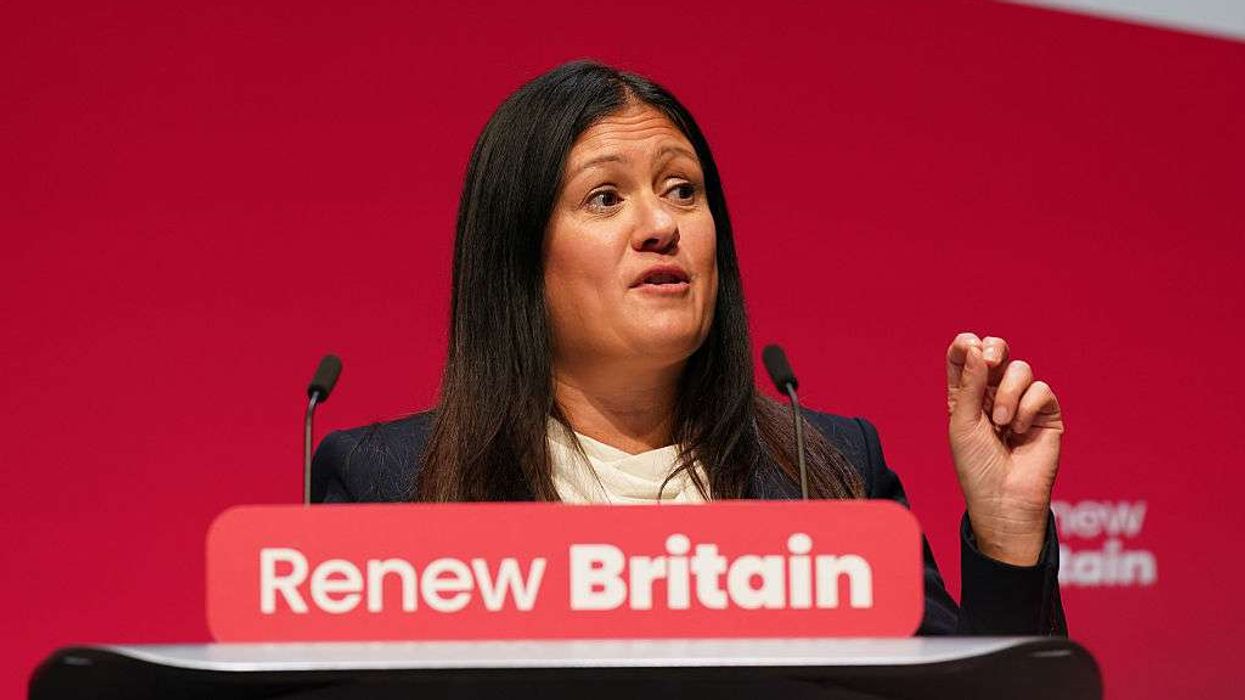
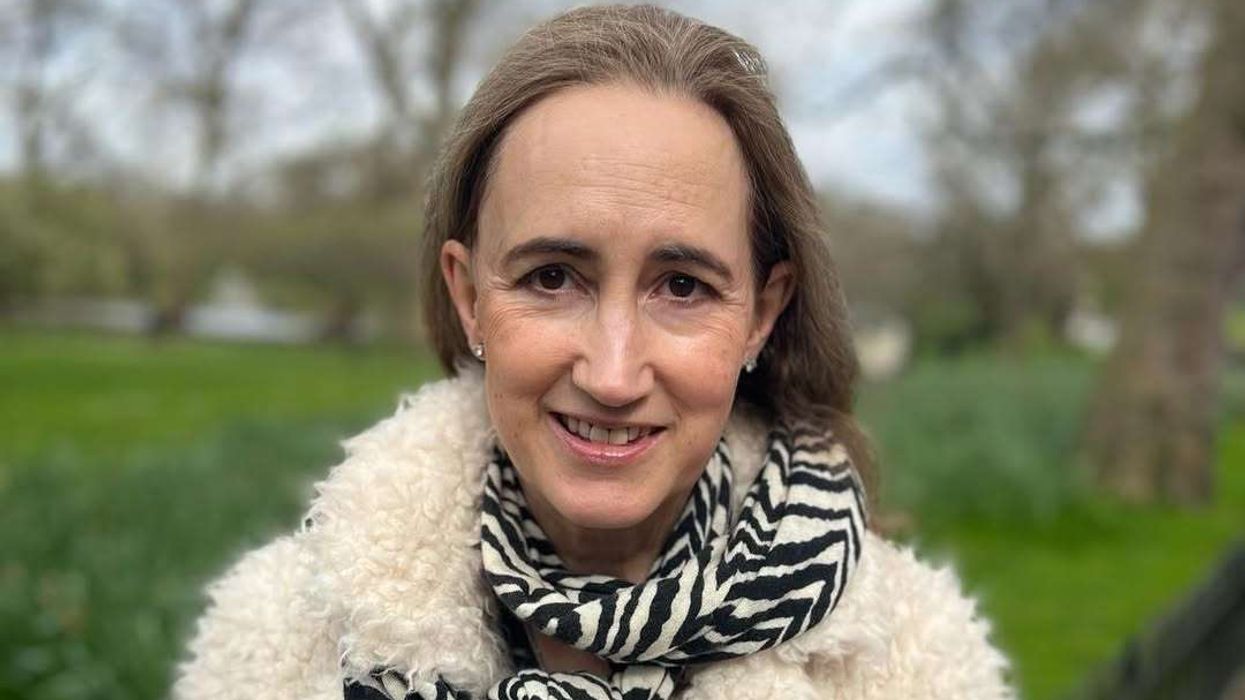
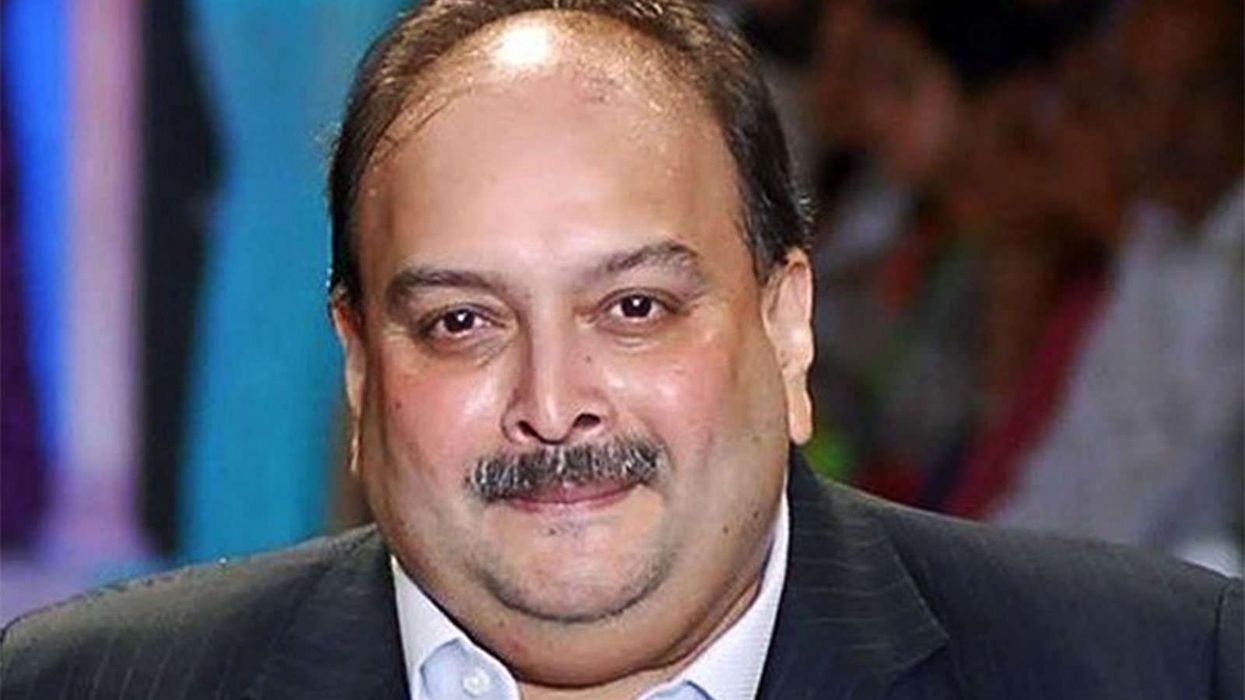

 The BFG - production images Royal Shakespeare Company/(c) Marc Brenner
The BFG - production images Royal Shakespeare Company/(c) Marc Brenner 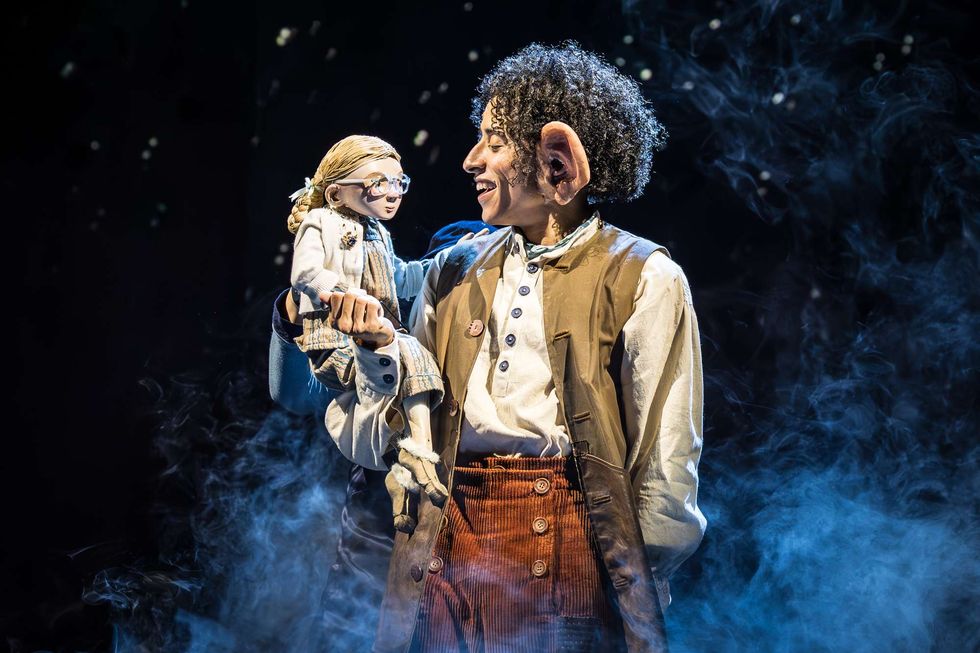 BFG production images, directed by Daniel Evans. Royal Shakespeare Theatre, taken in November 2025.Royal Shakespeare Company/(c) Marc Brenner
BFG production images, directed by Daniel Evans. Royal Shakespeare Theatre, taken in November 2025.Royal Shakespeare Company/(c) Marc Brenner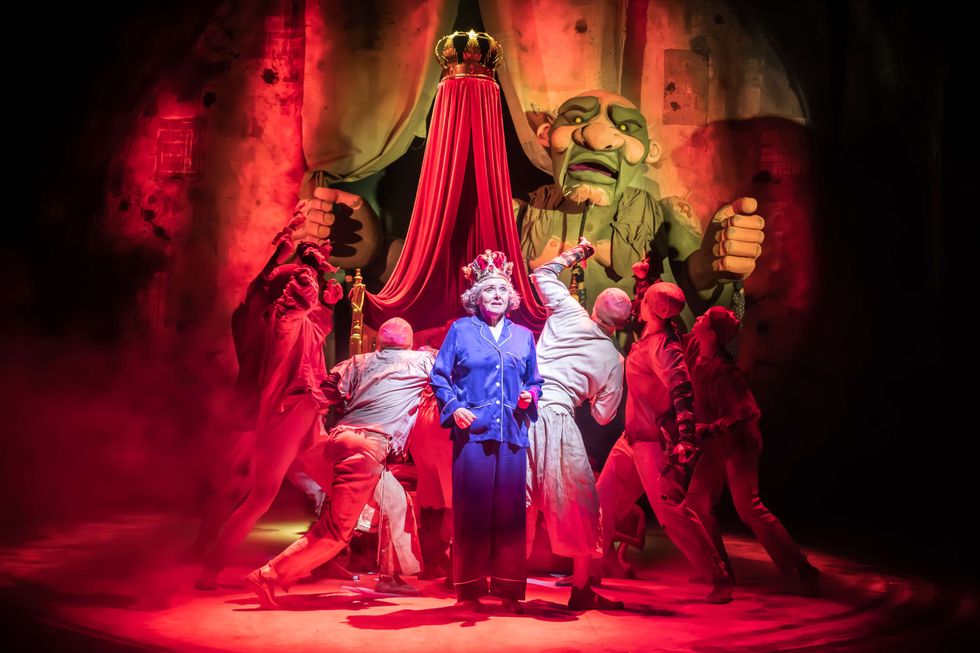 BFG production images, directed by Daniel Evans. Royal Shakespeare Theatre, taken in November 2025.Royal Shakespeare Company/(c) Marc Brenner
BFG production images, directed by Daniel Evans. Royal Shakespeare Theatre, taken in November 2025.Royal Shakespeare Company/(c) Marc Brenner





